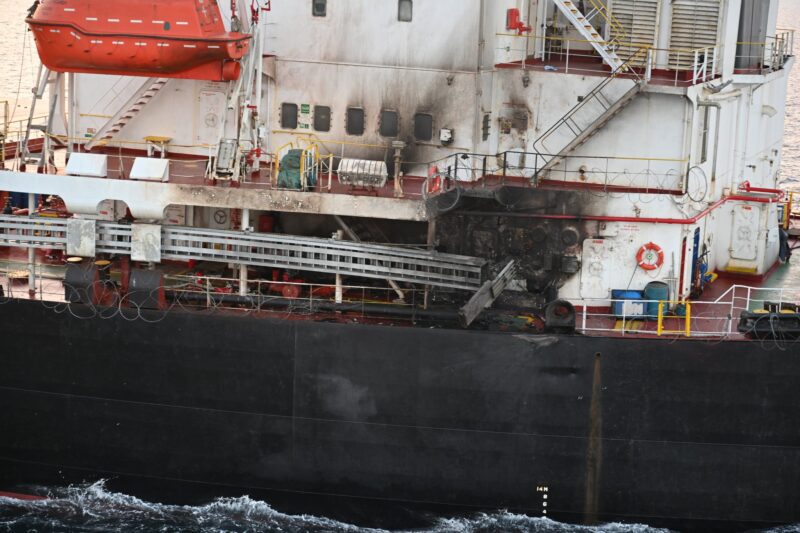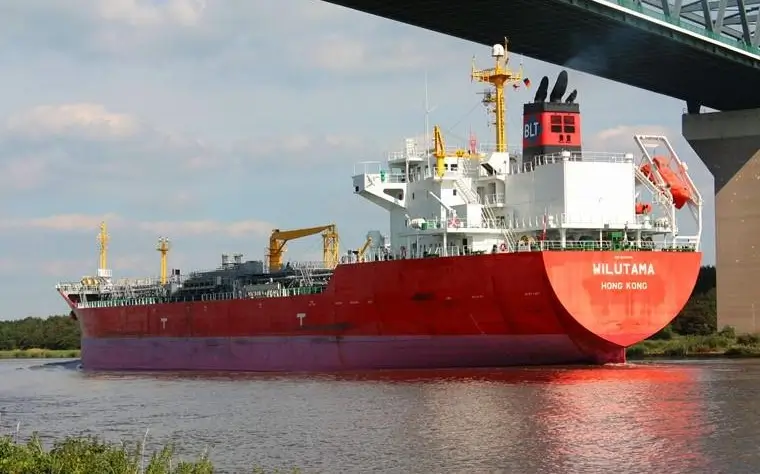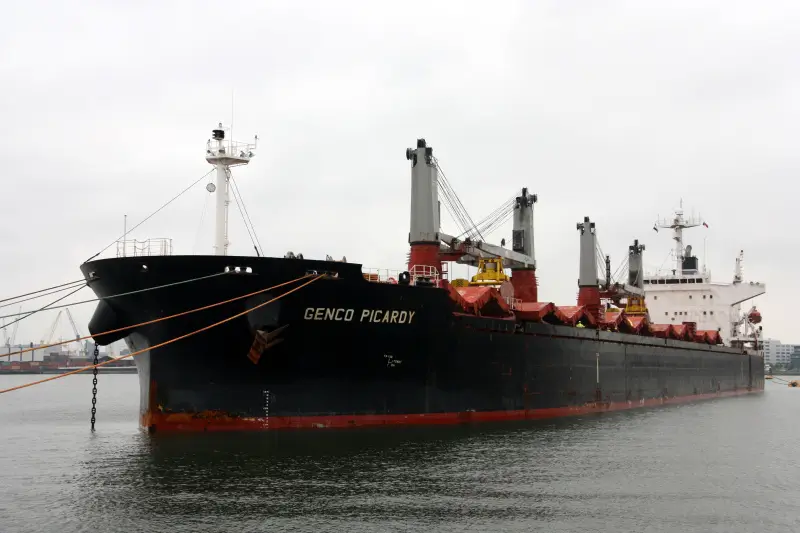US hits the Houthis and the Indian Navy recovers the crew after an attack

19th January 2024
Report: US hits the Houthis and Indian Navy recovers the crew
This week saw a new wave of tension emerge in the Red Sea, a crucial route for international trade, as the US launched airstrikes on Houthi missile launchers and the Indian Navy rescued crew members from a US-owned ship that was attacked off the coast of Yemen. The growing conflict poses grave questions regarding both the region’s precarious geopolitical situation and the security of maritime trade.
On Wednesday, US Central Command confirmed drone strikes targeting two Houthi anti-ship missiles aimed at the southern Red Sea. This preemptive action followed days of Houthi attacks on international shipping, including two US-owned vessels, the assault drone caused a small fire on board the Genco Picardy, which is registered by the Marshall Islands Genco Shipping, based in the US the attack did not result in any substantial damage or casualties, but it did inspire the Indian Navy to launch a daring rescue effort. In response to the distress call, the Indian frigate INS Kochi sent helicopters to safely extract the 22-member crew, which included Indian nationals. An additional “direct hit” on the US ship Chem Ranger, tanker registered under the Marshall Islands flag and run by Greek enterprises, classified in Japan, covered by insurance in the UK and Norway.


In a statement, the US military justified the strikes as “self-defense” and “necessary to protect freedom of navigation and prevent attacks on maritime vessels.”
President Biden’s statement later that day acknowledged the ongoing challenges. “These air strikes are not deterring the Houthis,” he admitted, underscoring the complex regional dynamics at play. The Houthis, backed by Iran, are locked in a bloody civil war with the Yemeni government, supported by a Saudi-led coalition that includes the US. This proxy conflict spills over into the Red Sea, threatening the lifeline of global trade passing through one of the world’s busiest shipping lanes.
Shipping is experiencing the effects of the increase. The cost and duration of international trade have increased due to the surge in insurance premiums for crossing the Red Sea and the rerouting of some shipping companies’ vessels along the Cape of Good Hope, also referred to as the sea route to India or the European-Asian sea route. Global supply networks are seriously threatened by the disruption, which could result in higher costs for necessities.
The Red Sea’s volatile security situation carries wider geopolitical implications. The potential for escalation could draw in regional powers further, exacerbating existing tensions between Iran and Saudi Arabia. An unchecked conflict could destabilize the Horn of Africa, with cascading humanitarian consequences.
Also Read: US and UK forces attack Houthi targets in Yemen in retaliation for Red Sea attacks
Navigating the complex web of regional grievances and interests while ensuring the safety of maritime trade requires both diplomatic finesse and a determined effort to address the root causes of the conflict in Yemen.
conclusion
Regional conflicts have turned the Red Sea into a hot spot that endangers international trade and undermines geopolitical stability. Although the Indian Navy’s rescue mission and the US military action both show quick reactions, the absence of a more comprehensive diplomatic solution allows for further escalation.
Coordinated international action is needed to address Yemen’s underlying political and humanitarian dilemma in order to protect international maritime lanes and prevent a larger conflict. The Red Sea won’t be able to play the crucial role of a bridge between continents or a theater of proxy conflicts until then.
Click here to join our Telegram chanel
You will get information, news, and support related to Merchant Navy.
